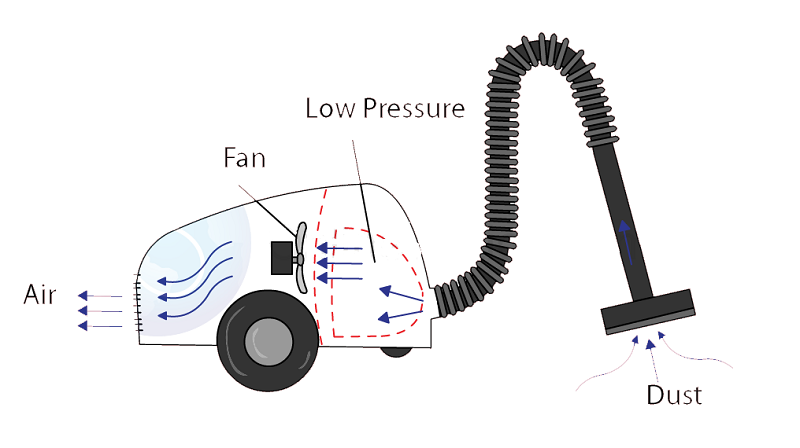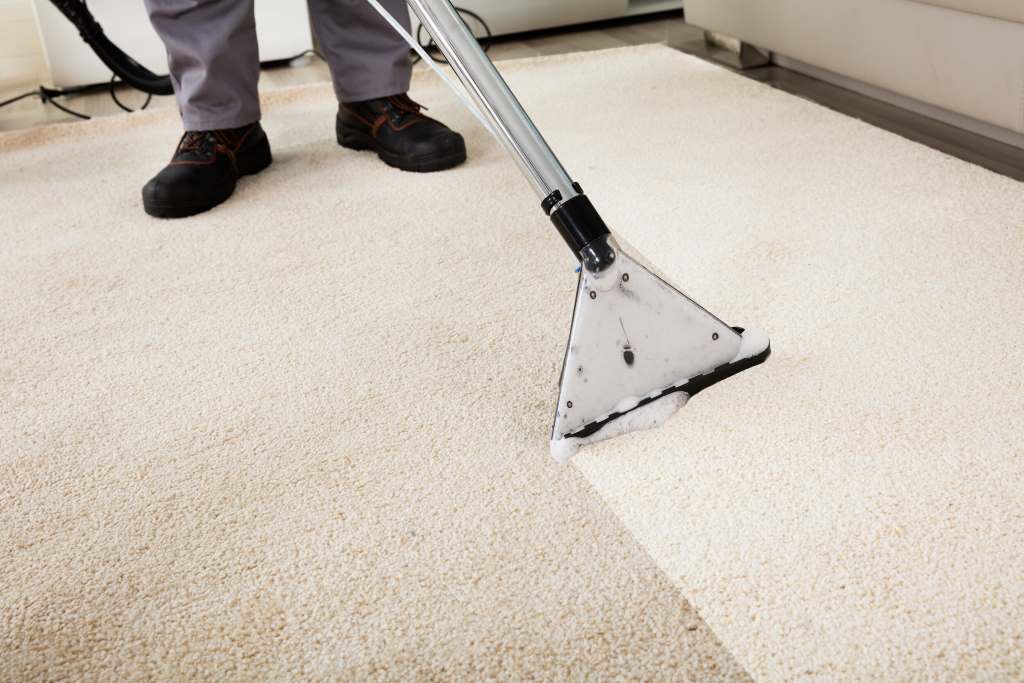When we talk about the operation of a vacuum cleaner, the first thing that comes to mind is that it aspires. It attracts air inwards. A vacuum cleaner as a type of vacuum cleaner does not differ much from a conventional vacuum cleaner. It has an aspiration system where it collects dust just like any vacuum cleaner. Let’s discover how does a vacuum cleaner work.
All that dirt is collected in a container or bag. However, in water vacuums, the container contains water, so that dirt is trapped. We are facing a very effective system. The water filters all the dirt collected by the vacuum cleaner, being trapped in the container’s water.
In this way, the air that comes out of the vacuum cleaner is clean air. This type of tool is especially efficient at preventing dust from spreading.
This is true, but the funny thing is how it is achieved.
How does a vacuum cleaner work?
- The motor moves a fan that blows the air out. Thus, it is generally a vacuum that causes the outside air from the tube to refill.
- The pressure difference causes the air to go through the tubes towards the body of the vacuum cleaner to fill the vacuum. The device sucks and draws the dust inwards.
- The sucked air goes through the bag, while the dirt gets trapped.
- Clean air passes through the fan.
- Finally, the air is expelled outwards.
The first portable vacuum cleaner, designed by James Murray Spangler in 1907, was already based on this system.
Therefore, if we use a conventional vacuum cleaner on the Moon (or in outer space), it would not work, since, in the absence of air to fill that vacuum, it would not aspire.
And what about the famous HEPA filters?
The vacuum cleaners also have an inlet filter or motor filter, an outlet filter and, with bagless vacuum cleaners, a dust tank filter.
This means that through the medium, the dirt goes through different filters so that the air that is returned to the outside comes out cleaner.
These filters can be washable or not, and can be HEPA. HEPA filters trap the smallest particles, but not all have the same effectiveness.
There is a scale from 10 to 14. From 10 to 12 are EPA, high efficiency, and from 13 to 14 are HEPA, of very high efficiency.
EPA 10 “only” traps 85% of particles smaller than 0.1 microns in diameter (one micron is one-thousandth of a millimeter). HEPA 14 have an efficacy of 99.995%.
Components of a vacuum cleaner
The classic vacuums have:
- A brush or ahead, through which the powder enters the device.
- A rigid tube, which can include a handle.
- A flexible tube which carries dirt inside.
- The body, which includes the bag or deposit for dust and the main engine.
A larger, depending on the type of vacuum cleaner, there may be some more engine, for example, in the rotating brush.
On what depends on the efficiency of a vacuum cleaner
Power: The faster the air exits outward, the faster the air will enter from outside to fill the void.
The size of the air inlet: the smaller the opening, the stronger the suction. Therefore, when we put a narrower mouthpiece, we notice how it absorbs more.
The design of the tubes and brushes, which can condition the air flows.
For a good functioning, it is advisable to empty them before full filling, since a bag or a tank too full will hinder the flow of air, causing the vacuum cleaner to lose efficiency.
However, progress has also been made in this field. Some manufacturers already offer bags designed to minimize the loss of suction power due to filling the bag. They are called S-bag, made of synthetic material; Not only do they prevent the loss of suction, but they are also 50% more durable than traditional paper bags.
Some vacuum cleaners have a bag change indicator based precisely on the measurement of air flows. They have a sensor that compares the difference in air pressure that enters and leaves the bag. When this difference is greater than a certain limit, the pilot lights up.
Also, some devices also have a sensor that measures the difference between the air entering and leaving the filter to indicate when to change it, based on the same system.
The filtered air finally comes out to the outside, already clean, also depending on the effectiveness of the filters you have (whether they are HEPA, and to what extent).
In a conventional vacuum, one of the moments where there is more risk of dust spreading is when we empty the container. This type of problem disappears with the water vacuums since the dirt remains in the water and this prevents it from spreading through the air.
Certain particles water may not trap that. So very rarely, a filter is added. We always advise it to be a HEPA filter. Therefore, the effectiveness of the vacuum cleaner is 99%. This type of vacuum cleaner is very useful for people who suffer from allergies.





